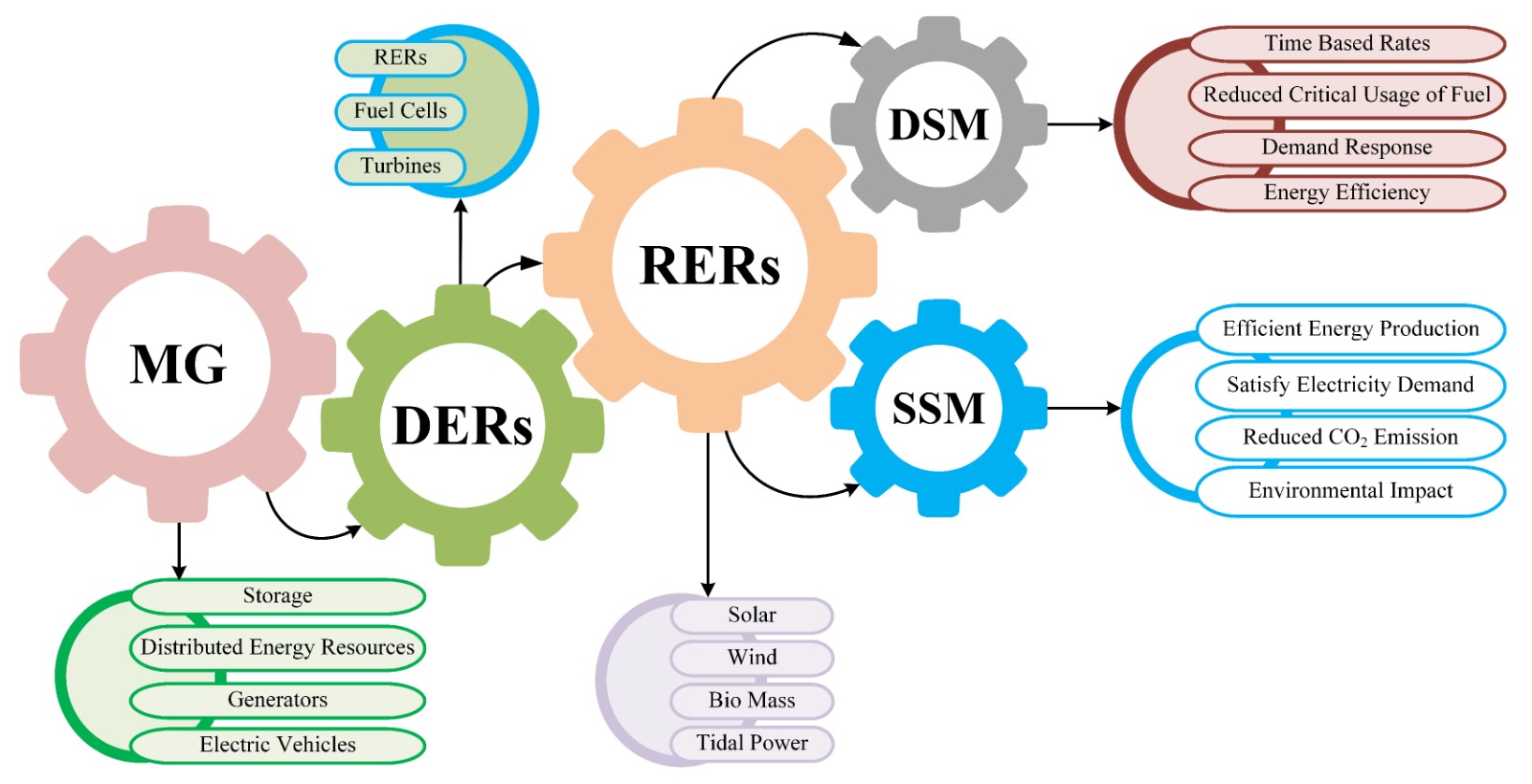- 02269710803 call us
- info@tejasgroup.co.in Mail us
About Us
About Us
At Tejas Group, we are more than just a construction and consultancy firm; we are your partners in progress. With years of experience and a dedicated team of professionals, we have established ourselves as a trusted name in the industry. Our commitment to excellence, innovation, and client-centric solutions sets us apart.
Mission & Vision
Our mission is to deliver exceptional value and quality to our clients, partners, and communities by providing comprehensive and integrated solutions. We aim to:
Innovation & Excellence: Continuously pushing boundaries to redefine industry standards.
Sustainability: Leading the way in sustainable construction and environmental responsibility.
Global Reach: Expanding our presence and making a positive impact on a global scale.
Client-Centric Approach: Anticipating and exceeding the evolving needs of our clients.
Community Enhancement: Playing an active role in building stronger, more vibrant communities.
At Tejas Group, we are committed to turning visions into reality, one project at a time. Our mission and vision drive us to achieve excellence in all that we do, and we look forward to partnering with you on your journey to success.
Comprehensive



Proven Excellence
In an increasingly competitive and rapidly advancing landscape, achieving proven excellence in the fields of telecom, civil work, and electrification is a testament to a company's capabilities, dedication, and commitment to delivering high-quality services. When a company excels in these sectors, it stands out as a reliable and innovative partner. Let's delve into what "proven excellence" means in each of these domains:
Telecom Sector
Proven excellence in the telecom sector involves:
Reliable Network Infrastructure: A track record of designing, building, and maintaining robust and reliable telecommunication networks. This includes ensuring high data transmission rates, minimal downtime, and seamless connectivity.
Innovative Solutions: The ability to provide innovative telecom solutions to meet the evolving needs of businesses and consumers, such as 5G deployment, IoT connectivity, and custom network solutions.
Exceptional Customer Service: Demonstrating a commitment to providing exceptional customer service by addressing technical issues promptly, offering round-the-clock support, and delivering on service level agreements.
Security Expertise: A strong focus on cybersecurity to protect both the telecom infrastructure and the data transmitted over the network.

Civil Work
Proven excellence in civil work involves:
High-Quality Construction: A consistent track record of delivering top-quality civil construction projects, from building offices and data centers to constructing access roads and tower foundations.
Adherence to Regulations: Strict adherence to local and national construction regulations and environmental standards.
Timely Project Completion: A history of completing projects on schedule and within budget, minimizing disruptions to clients' operations.
Safety Protocols: A robust commitment to safety, ensuring the well-being of workers and minimizing workplace accidents.

Electrification
Proven excellence in electrification involves:
Efficient Electrical Systems: Designing, installing, and maintaining electrical systems that ensure reliable power supply to various facilities, including telecom infrastructure.
Energy Efficiency: Implementing energy-efficient solutions to reduce operational costs and environmental impact, such as the adoption of renewable energy sources and smart grid technologies.
Preventive Maintenance: Regular maintenance practices aimed at detecting and addressing electrical issues before they lead to downtime.
Sustainability Initiatives: A commitment to sustainable practices in electrification, contributing to a greener future.
Proven excellence in these sectors is often demonstrated through a combination of factors, including an extensive project portfolio, client testimonials, certifications, and industry awards. It's a sign of a company's ability to meet and exceed the expectations of its clients and the industry.
When seeking services in these sectors, organizations should look for providers with a proven track record of excellence. Such companies are more likely to deliver reliable, efficient, and innovative solutions that align with the specific needs and goals of their clients.

collaborative approach
A collaborative approach is a method of working or problem-solving that emphasizes cooperation, open communication, and shared decision-making among individuals or groups. It is a highly effective approach in various contexts, including business, education, healthcare, community development, and more. Here are key aspects of a collaborative approach:
Shared Goals and Objectives: Collaboration begins with a clear understanding of shared goals. All parties involved work together towards a common purpose or objective.
Open Communication: Effective collaboration relies on transparent and open communication. Team members or stakeholders share information, ideas, and feedback freely. This helps in understanding different perspectives and finding common ground.
Diverse Perspectives: Collaborative teams often consist of individuals with diverse backgrounds, experiences, and expertise. This diversity of perspectives can lead to more innovative solutions and well-rounded decision-making.
Equal Participation: In a collaborative approach, all participants have an equal opportunity to contribute their ideas and opinions. No one is excluded, and everyone's input is valued.
Mutual Respect: Respect for one another's ideas, contributions, and viewpoints is essential. This creates a positive and productive working environment.
Conflict Resolution: Conflicts may arise during collaboration due to differing opinions. A collaborative approach includes strategies for resolving conflicts constructively, so they don't hinder progress.
Decision-Making: Decisions are often made collectively, with input from all relevant parties. This can lead to decisions that are well-informed and have a higher likelihood of success.
Flexibility: Collaborative teams are often adaptable and open to change. They can adjust their strategies and goals as new information emerges or circumstances evolve.
Resource Sharing: Collaborative efforts may involve sharing resources, whether they are physical resources, funding, or knowledge.
Accountability: In a collaborative approach, individuals or teams are accountable not only for their own contributions but also for the collective outcomes. This shared responsibility encourages commitment to the project's success.
Mutual Benefit: Collaboration often results in outcomes that benefit all parties involved. It's not a zero-sum game; instead, the goal is to create win-win situations.
Continuous Improvement: Collaborative teams are typically focused on continuous improvement and learning. They evaluate their processes and outcomes and make adjustments as necessary.
Collaboration is particularly effective when tackling complex challenges that require multiple perspectives and expertise. It can lead to innovative solutions, improved decision-making, and more effective problem-solving. In business, for example, collaborative approaches can foster innovation, improve customer service, and enhance employee satisfaction. In education, collaborative learning can encourage critical thinking and deeper understanding.
Ultimately, a collaborative approach is about leveraging the strengths and insights of a group to achieve outcomes that are more significant and impactful than what individuals could accomplish on their own.



